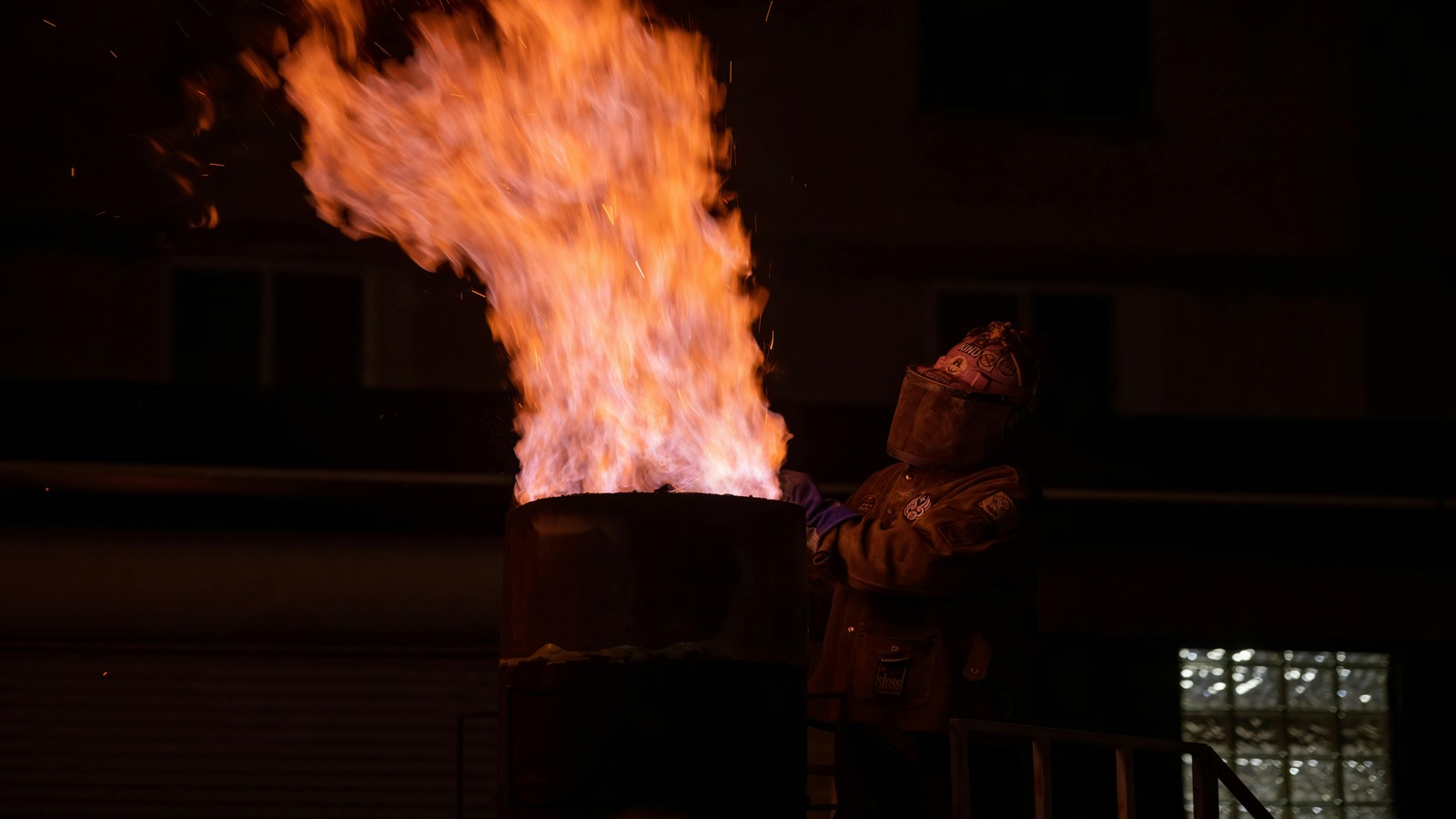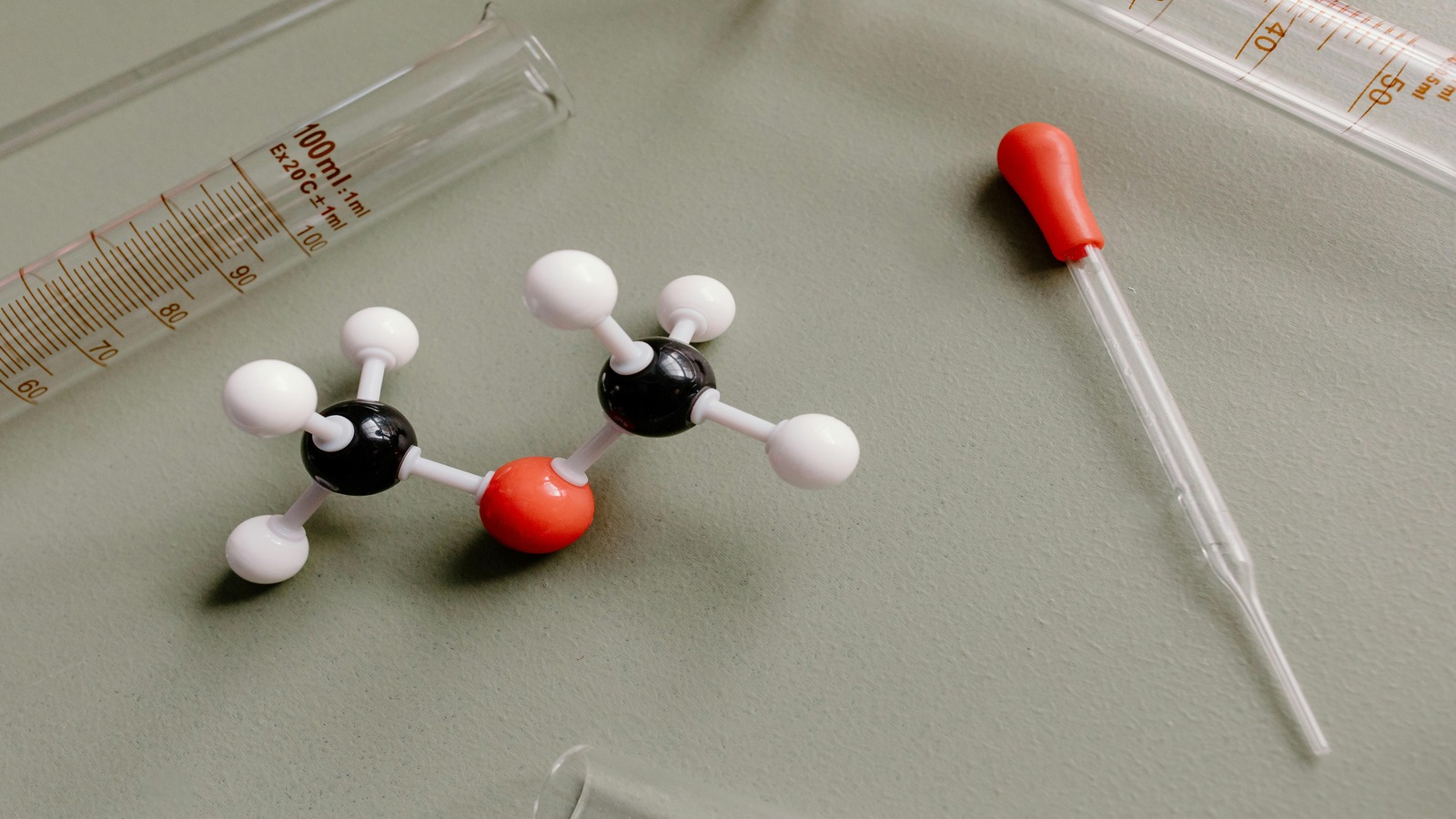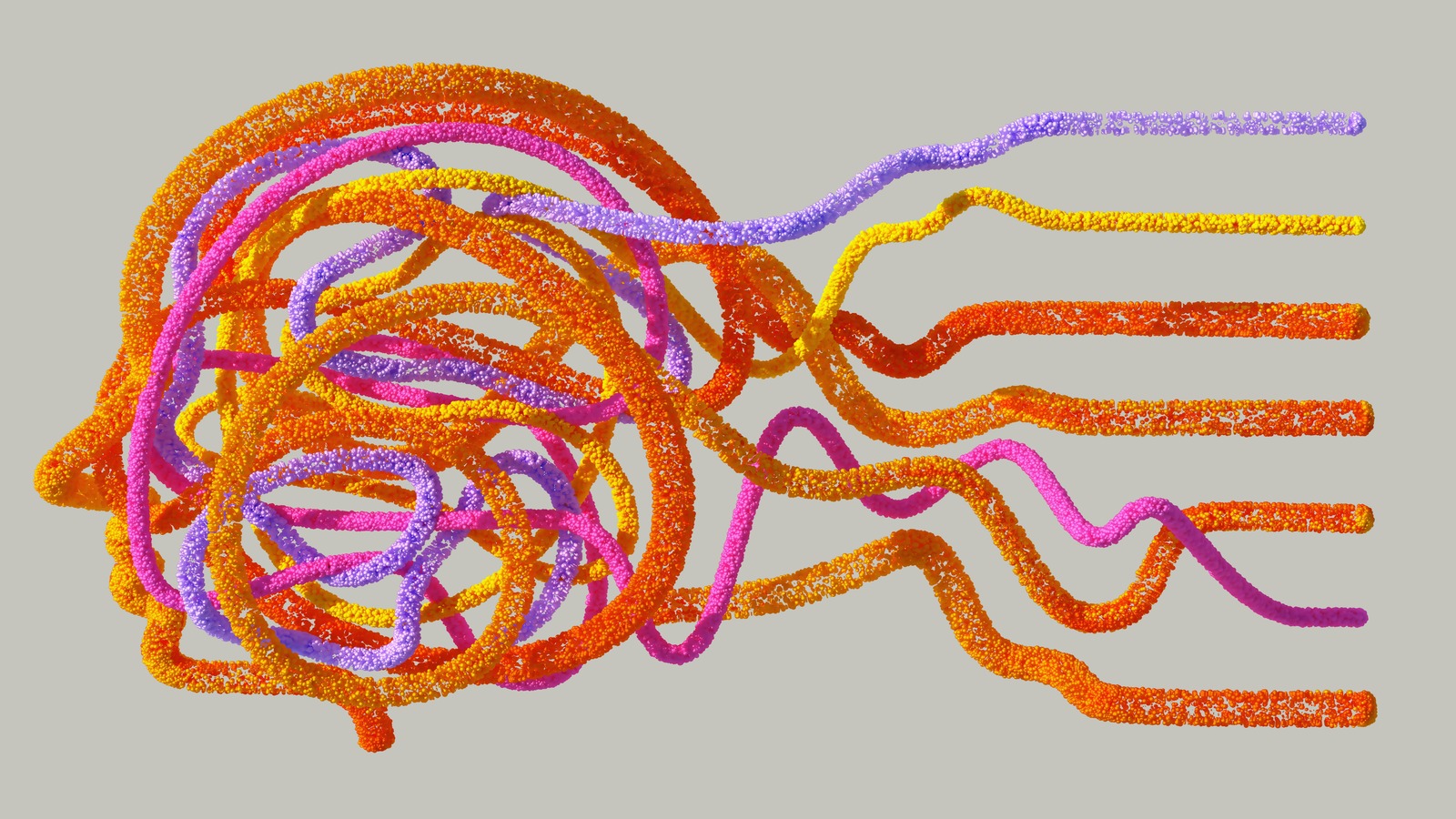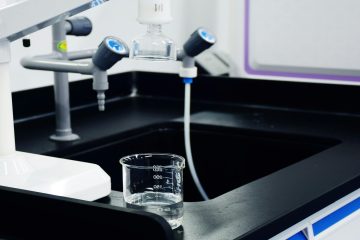Flame retardancy is an essential feature in modern materials across industries, including construction, automotive, textiles, and electronics, all of which are key sectors in Malaysia’s growing economy. One of the innovative methods for enhancing this property is through the use of silane coupling agents. These agents play a vital role in creating safer, more durable, and eco-friendly flame-retardant materials.
With the country’s rapid urbanization and industrial development, the demand for fire-safe materials has surged. The adoption of advanced flame-retardant technologies becomes increasingly critical for ensuring the safety and longevity of materials used in these industries.

Understanding Silane Coupling Agents
Silane coupling agents are hybrid compounds designed to enhance the interaction between organic and inorganic materials in composite systems. Their structure includes an organofunctional group, which bonds with organic polymers like plastics, rubbers, and resins, and a silane functional group, which reacts chemically with inorganic surfaces such as glass, ceramics, and metal oxides. This dual functionality allows them to act as molecular bridges, creating a strong interface that improves material compatibility, stability, and performance.
The silane functional group hydrolyzes in water to form silanol groups, which bond with hydroxyl groups on inorganic surfaces, while the organofunctional group interacts with the organic matrix. This dual affinity leads to better filler dispersion, improved mechanical and thermal properties, and greater resistance to environmental degradation. Silane coupling agents are essential in industries like adhesives, coatings, and composites, enabling the development of high-performance, durable, and sustainable materials.

Mechanisms Behind Flame Retardancy
Silane coupling agents play a critical role in enhancing flame retardancy by improving the performance of polymer composites. One key mechanism is their ability to enhance the uniform distribution of flame-retardant additives within polymer matrices. This even dispersion ensures that the additives can effectively interrupt combustion processes, resulting in better fire resistance. Additionally, the strong chemical bonds formed between silanes and flame-retardant fillers, such as aluminum hydroxide or magnesium hydroxide, significantly improve the thermal stability of the composite, making it more resistant to high temperatures.
Furthermore, silane coupling agents modify the surface properties of fillers, preventing agglomeration and promoting stronger interfacial adhesion between the fillers and the polymers. This not only enhances mechanical properties but also optimizes the flame-retardant capabilities of the material. Some silane-treated materials also promote the formation of a protective char layer during combustion. This char layer acts as a thermal barrier, reducing heat release and slowing the spread of fire, thereby offering an additional layer of protection. Together, these mechanisms demonstrate the indispensable role of silane coupling agents in creating safer, more effective flame-retardant materials.
Applications of Silane Coupling Agents Across Industries
Silane coupling agents play a crucial role in enhancing flame retardancy across a wide range of industries, making materials safer and more durable.
1) Construction Sector
In the construction sector, these agents are used to improve the fire resistance of building materials such as insulation panels, cables, and structural components. By strengthening the bond between polymers and flame-retardant additives, silane coupling agents ensure that these materials can withstand high temperatures and meet stringent fire safety standards, which are increasingly important in modern infrastructure projects.
2) Automotive Industry
In the automotive industry, silane coupling agents contribute to fire safety by improving the flame resistance of interior components, such as seat upholstery and dashboards, as well as wiring systems. This added layer of protection is critical for reducing the risk of fire in vehicles, especially as electric vehicles (EVs) become more prevalent. Similarly, in the electronics industry, silane coupling agents are used to enhance the flame retardancy of electronic casings, connectors, and circuit boards. These improvements help reduce fire hazards in consumer electronics and industrial devices, ensuring greater safety and compliance with international regulations.

3) Electronics Industry
Silane coupling agents are used to enhance the flame retardancy of electronic casings, connectors, and circuit boards. These improvements help reduce fire hazards in consumer electronics and industrial devices, ensuring greater safety and compliance with international regulations.
4) Textile Industry
In the textile industry, silane coupling agents enable the development of flame-resistant fabrics used in protective clothing, curtains, and upholstery. By bonding flame-retardant compounds to fibers, these agents ensure the durability of flame-resistant properties even after repeated washes and prolonged use. Collectively, silane coupling agents are pivotal in advancing fire safety across these critical industries, addressing both performance and regulatory demands.
Driving Safety and Innovation: Ample Worldwide’s Role in Advancing Flame Retardancy
Silane coupling agents are transforming industries by enhancing flame retardancy in building materials, automotive components, electronics, and textiles. Their ability to improve material compatibility, strengthen bonds, and optimize performance underscores their importance in advancing safety and sustainability. As Malaysia continues to expand its industrial footprint, the integration of such innovative technologies becomes essential for meeting global safety standards and addressing the growing demand for high-performance materials.

Ample Worldwide Sdn Bhd, with its decade-long expertise and extensive network across Singapore, Hong Kong, and China, is well-positioned to capitalize on the benefits of silane coupling agents. Its three operating business units—raw material supply for rubber, latex, plastics, paint, and coatings—align seamlessly with the applications of silane coupling agents.
The company’s focus on quality-safe procurement, ISO-certified manufacturing processes, and a multidisciplinary team of experts allows it to offer not only top-tier materials but also professional services to address customer challenges efficiently. Through its innovative approach and strategic collaborations, Ample Worldwide continues to uphold its vision of becoming a global leader in raw material supply, driving advancements in safety, performance, and sustainability across industries.


